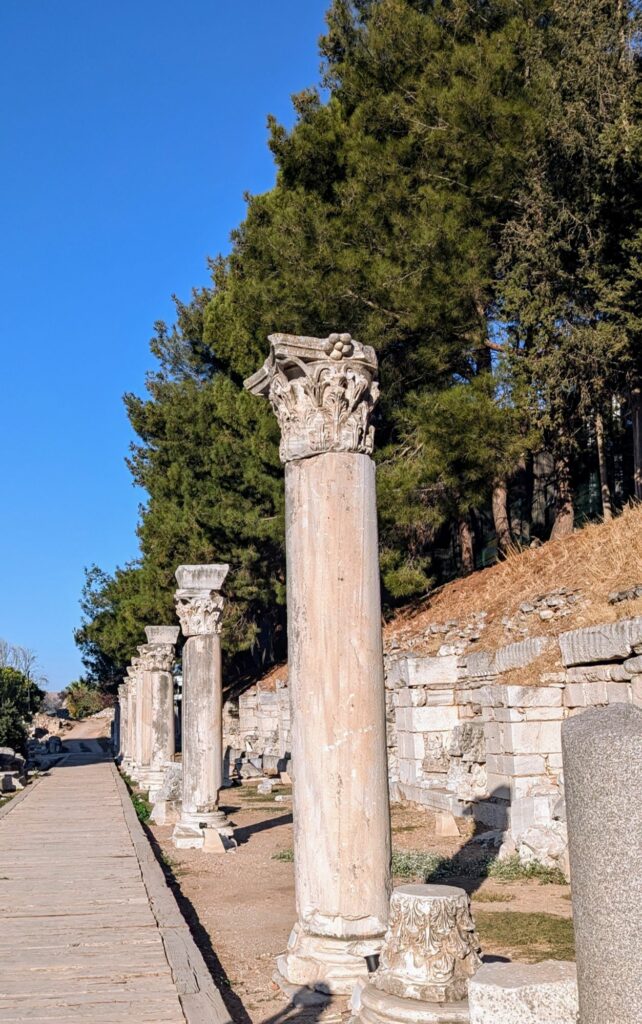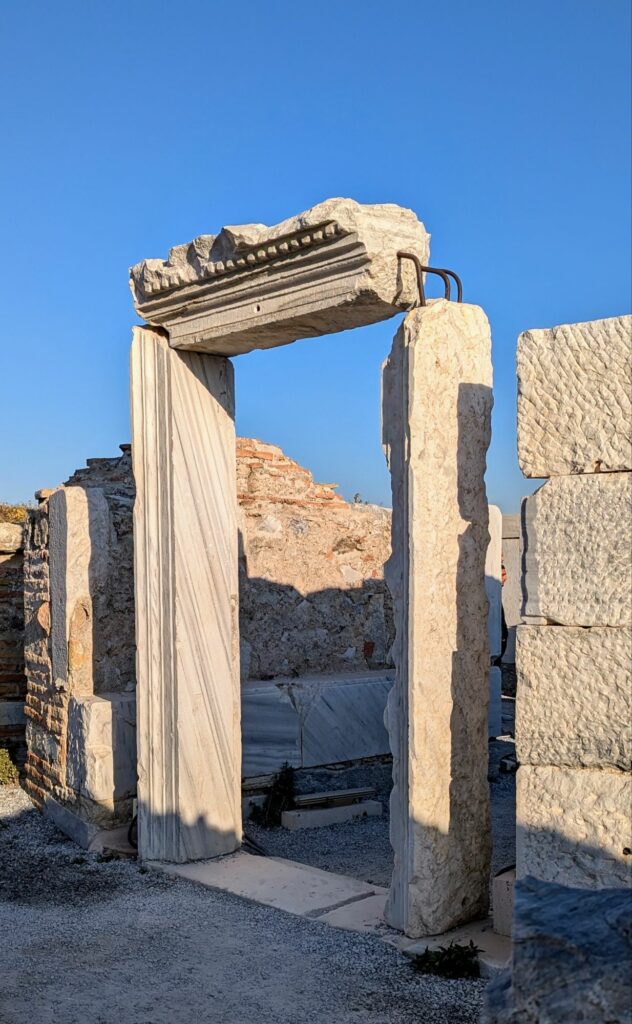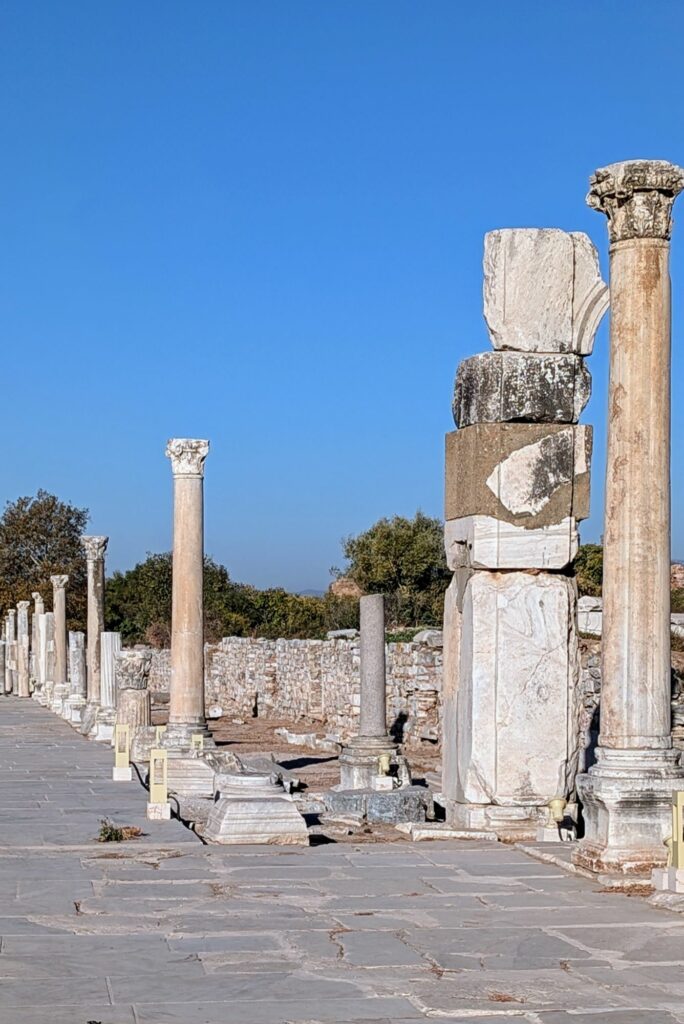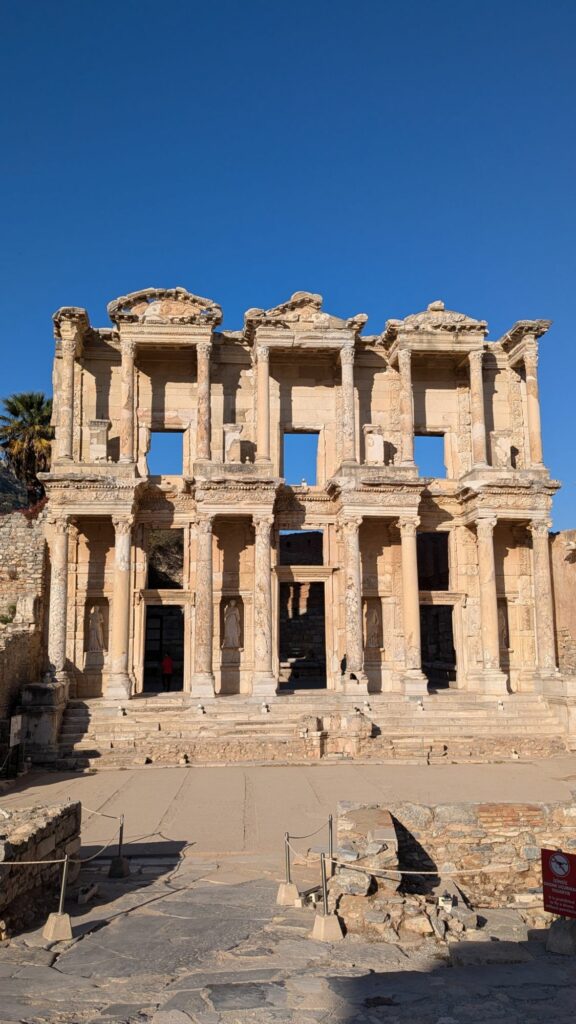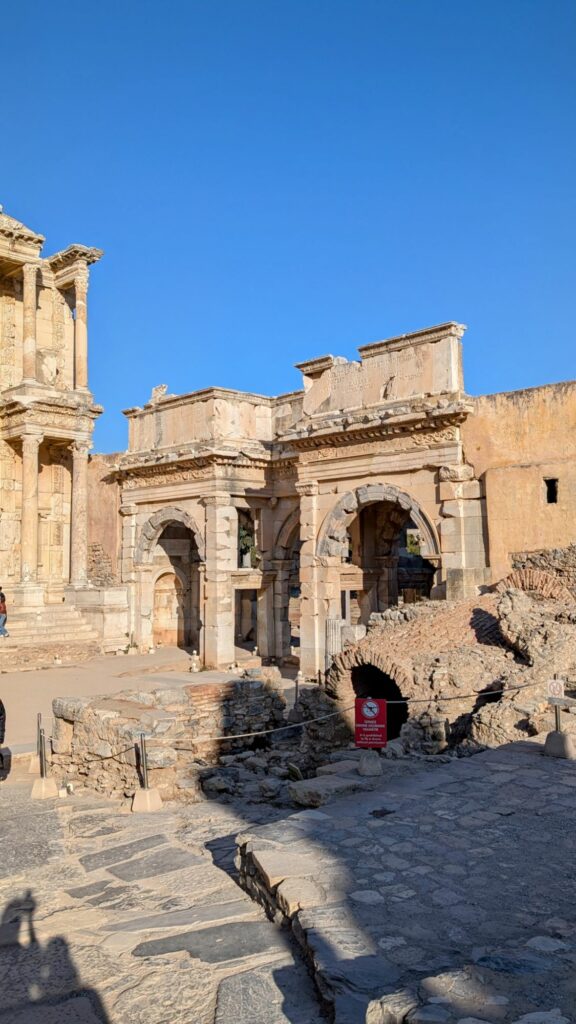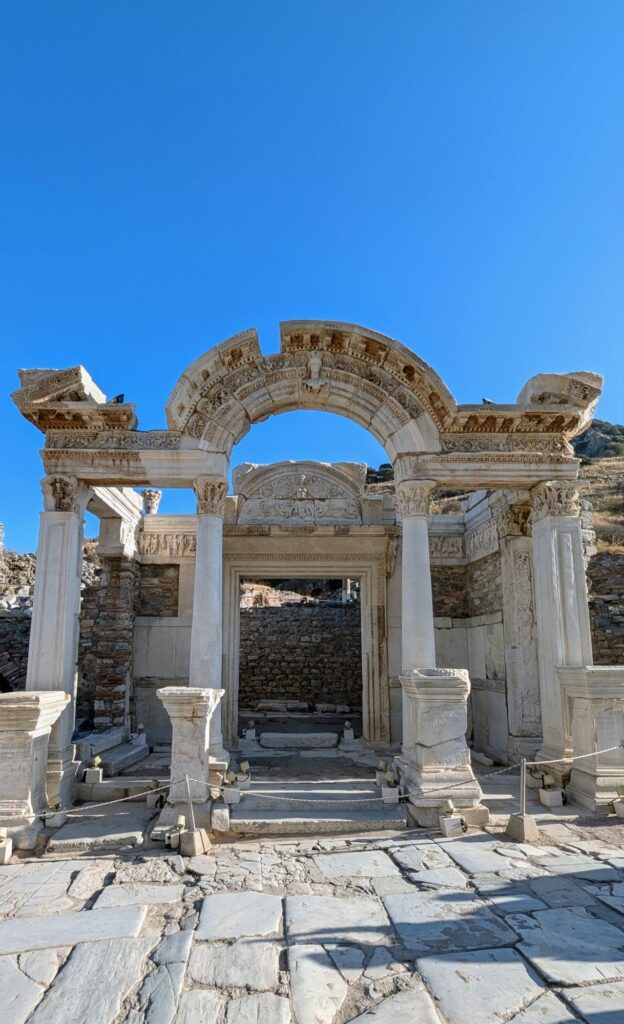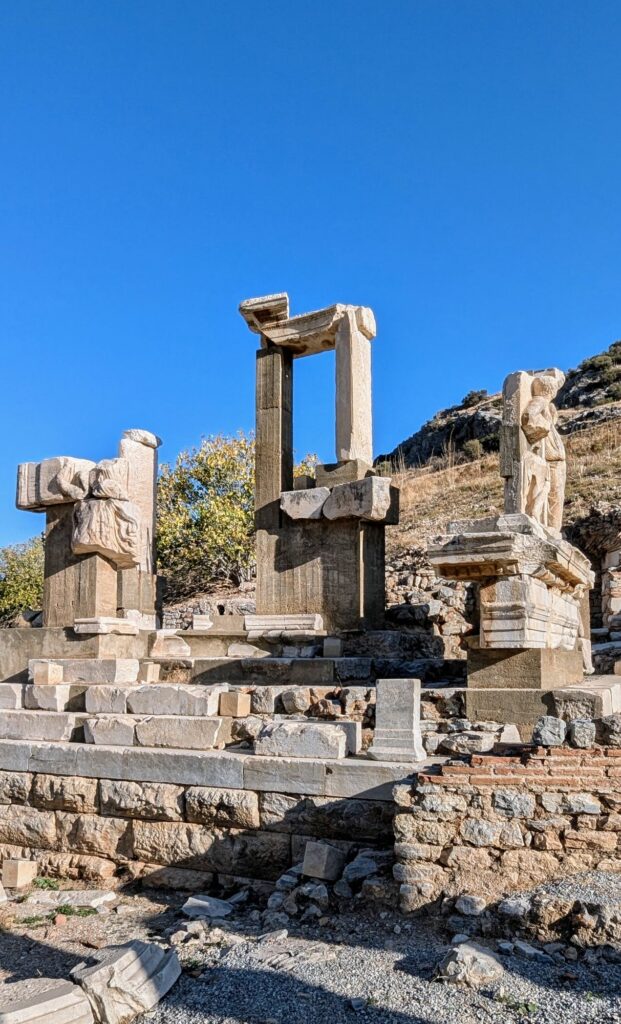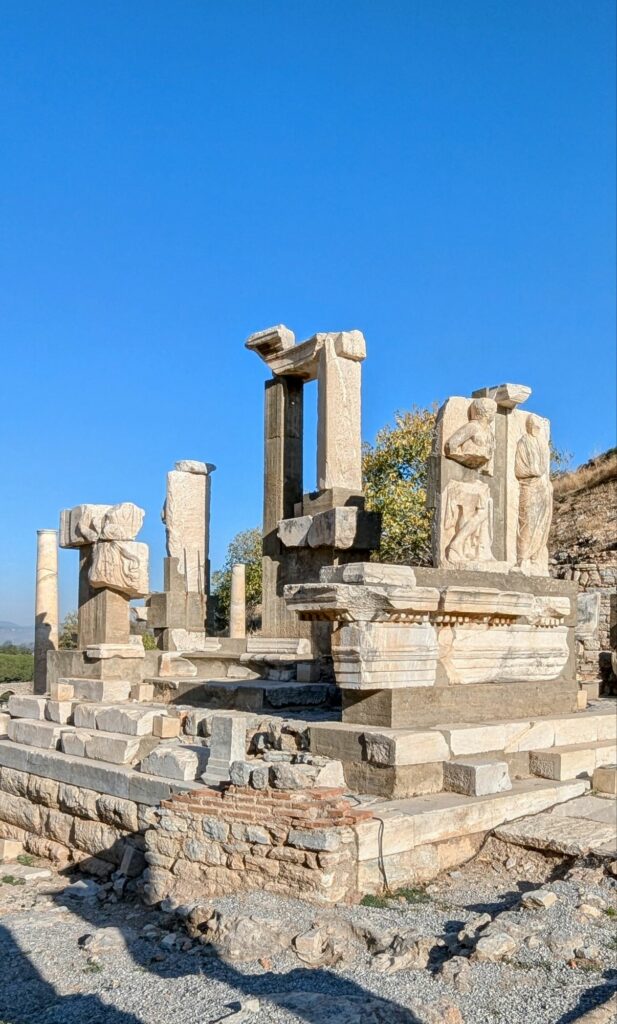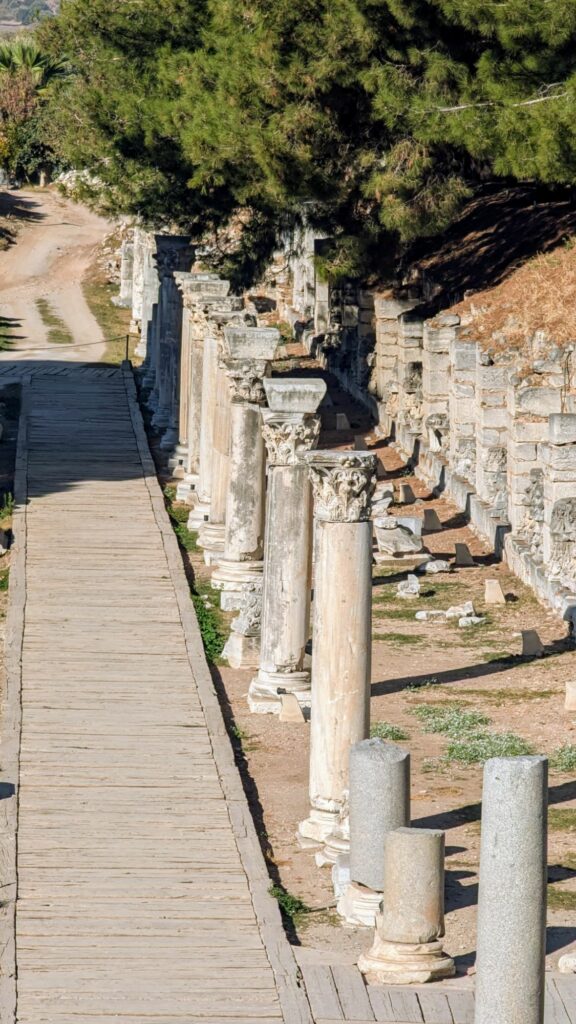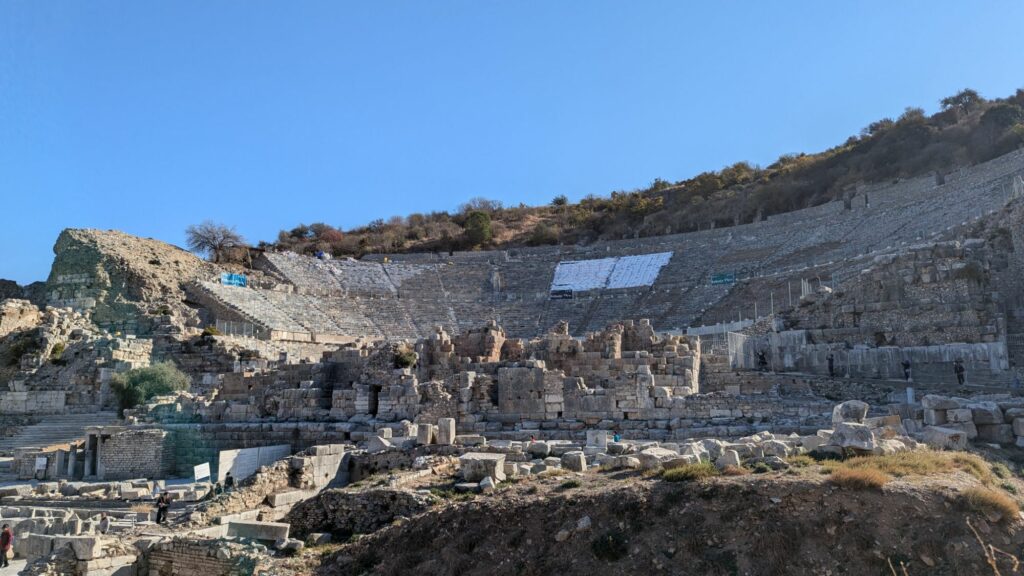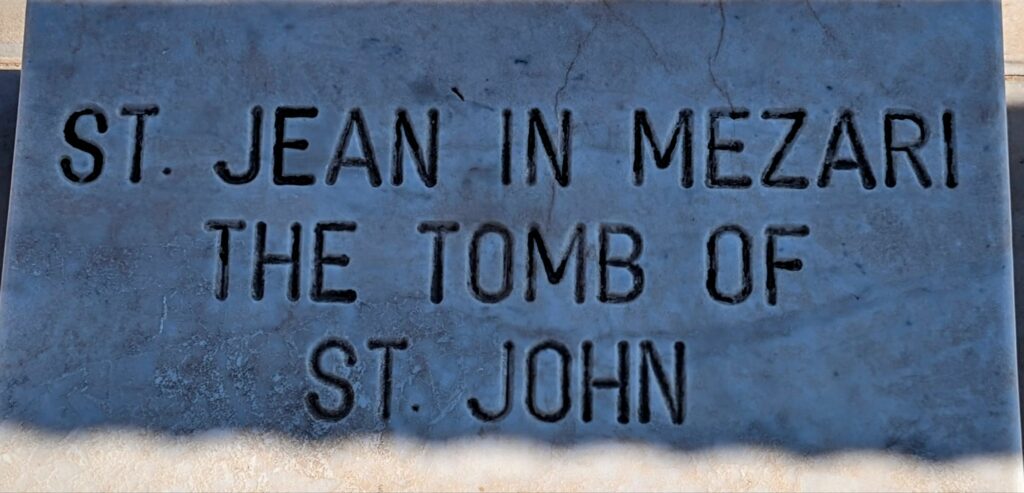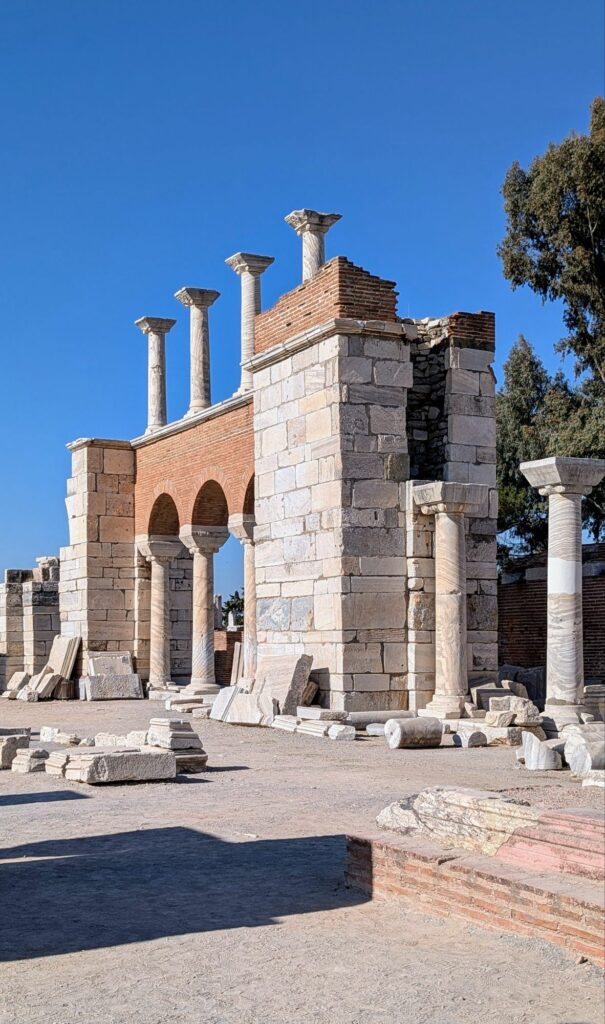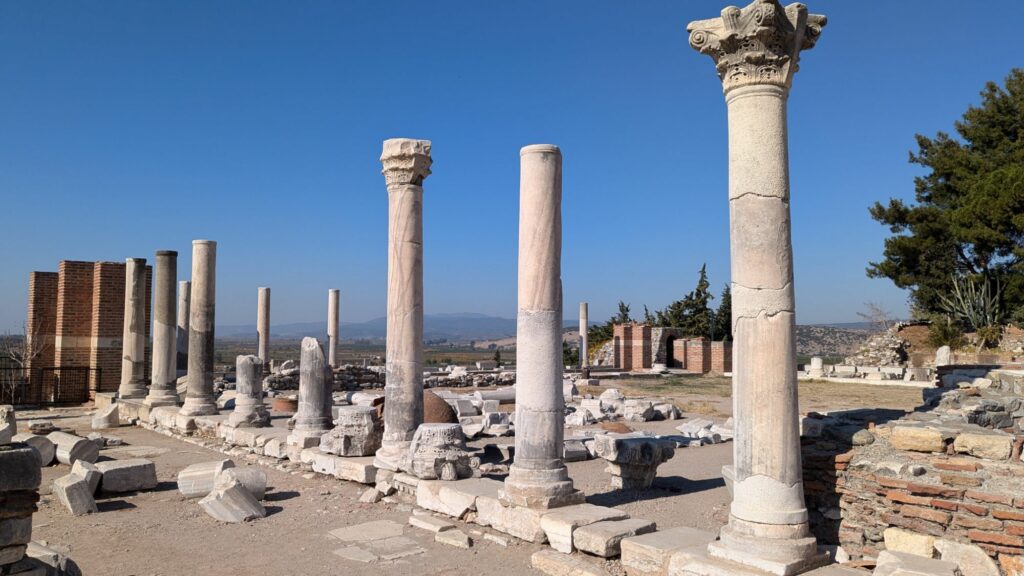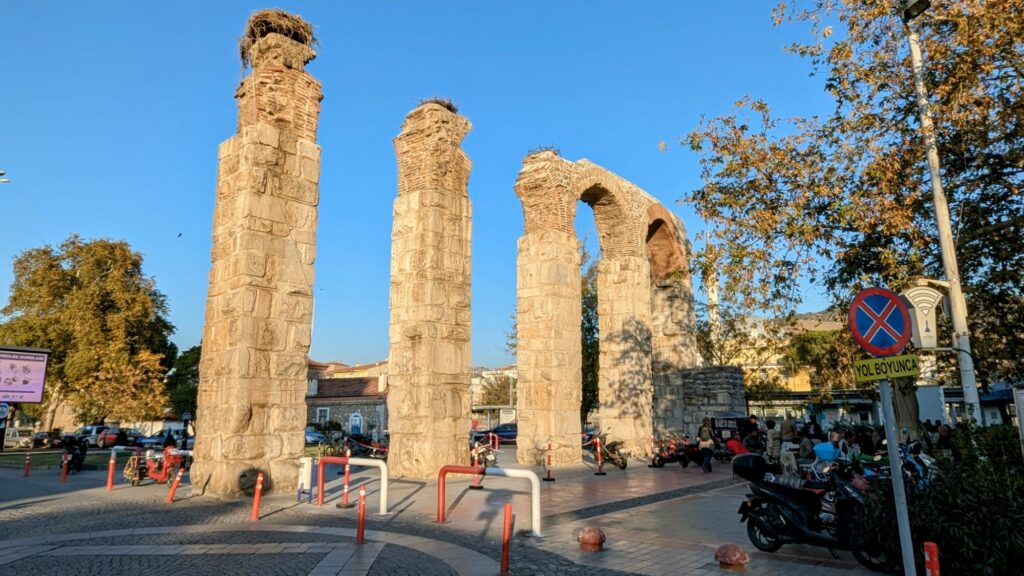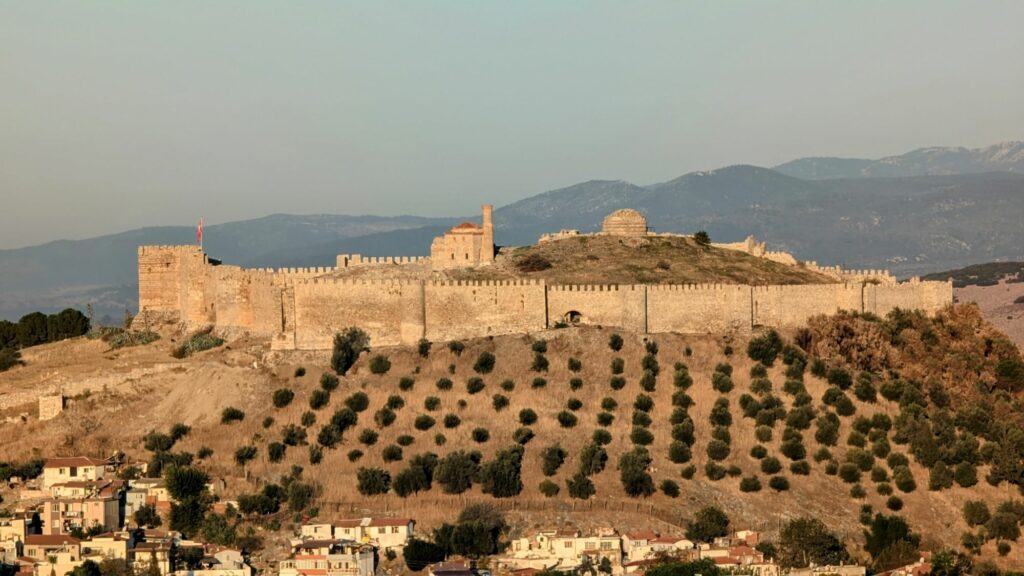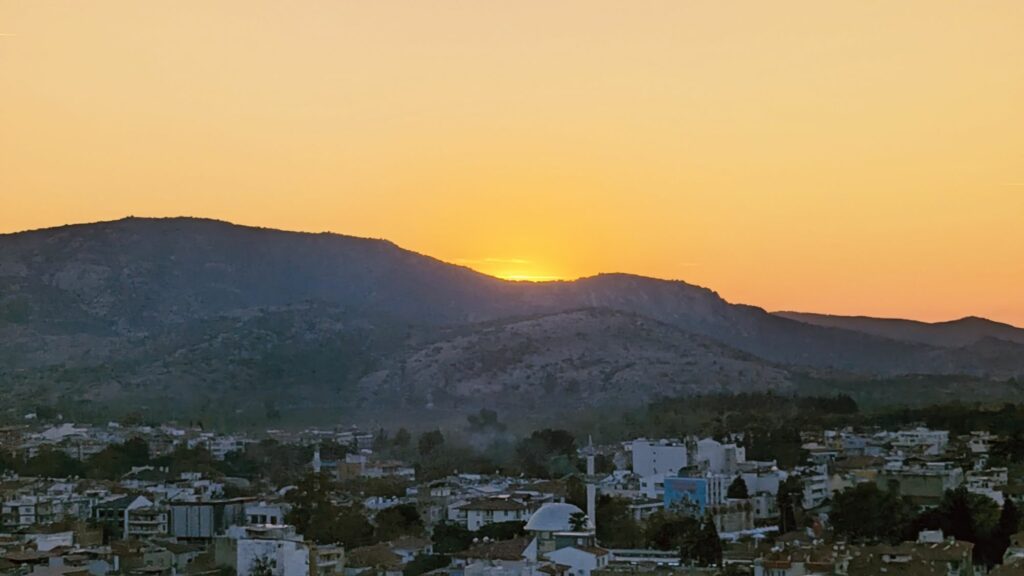Just as Catholic epistles heavily featured letters to the Corinthians so were letters to the Ephesians. Here we are in Ephesus but St Paul does not feature here rather it is St John the Baptist. As he was dying on the cross he entrusted the welfare of Mary to St John the Baptist. As the Roman and Jewish persecution of the fledgling Christian faith gathered pace the apostles and disciples of Jesus moved further afield. St John ended up here and there is powerful evidence that he brought Mary with him and she spent her last time on earth here in Ephesus. Her house here is apparently still intact and is now a shrine and pilgrimage site for Catholics and Muslims alike as Mary is recognised in the Muslim faith. There is a serene spirituality to this site.
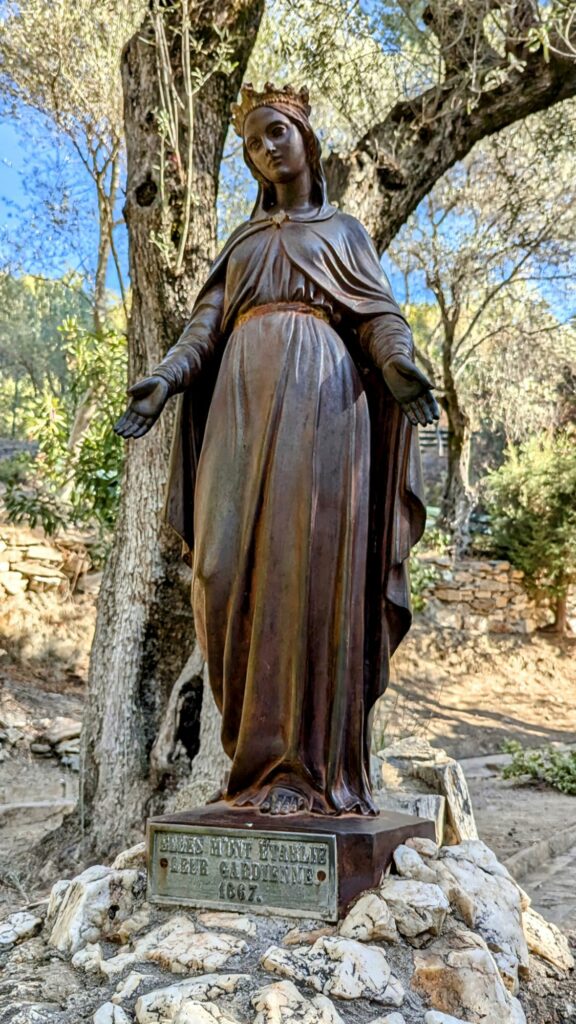
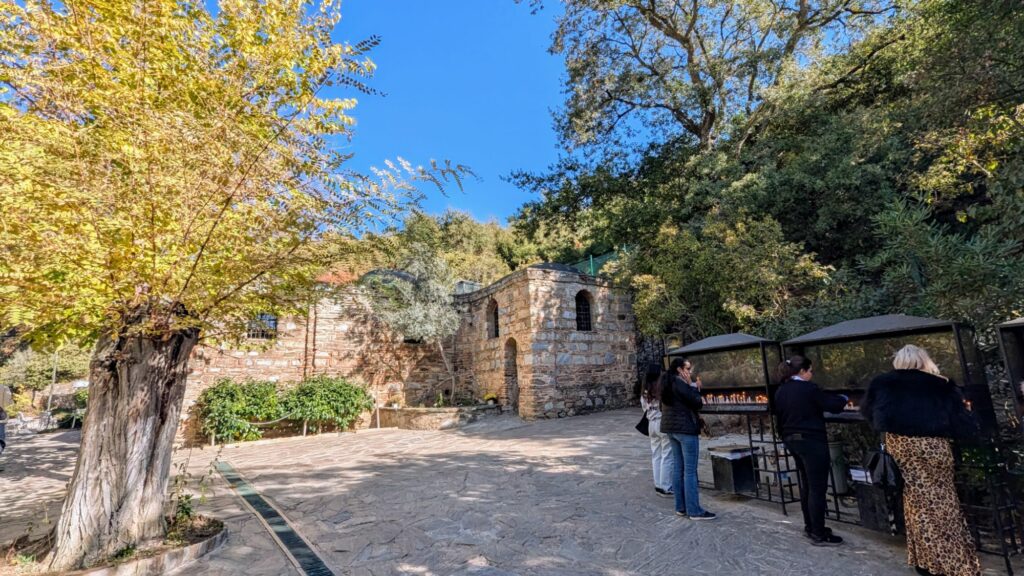

Five kilometres down the road the ancient city of Ephesus is an archaeological stunner. Built in the 10th century BC by the Greeks it was dedicated to the goddess of nature and fertility, Artemis. The nearby temple of Artemis completed around 550 BC was also a wonder of the ancient world. Not dissimilar to the only other seven wonder site in Turkey this is unloved and poorly maintained but the one reconstructed column here gives one an appreciation of what was the massive size of the temple. It is also number six of my visits to the seven ancient wonders of the world. The final wonder for me is the Pharos lighthouse in Alexandria. That was destroyed by earthquake and now lies underwater in Alexandria’s harbour.
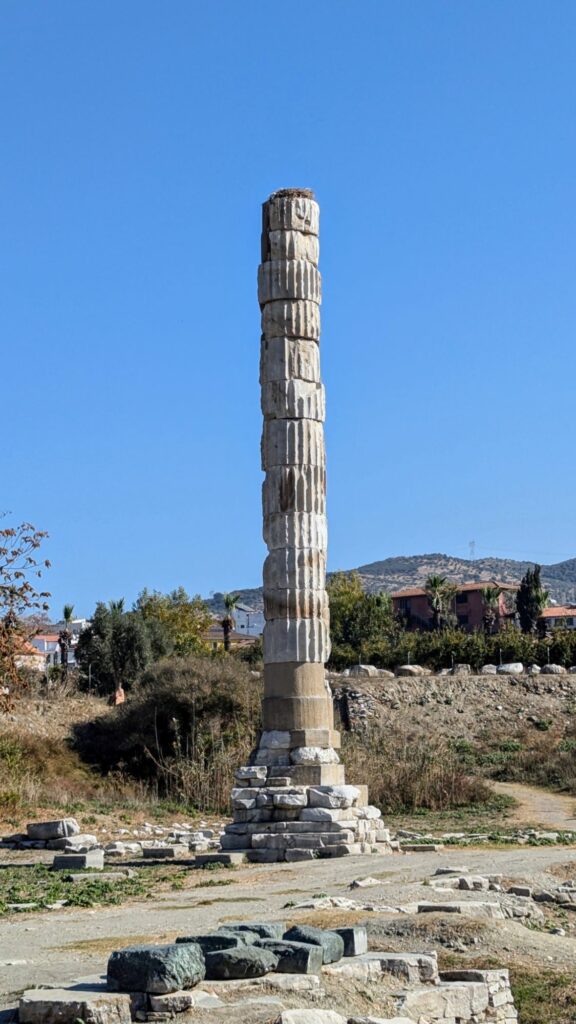
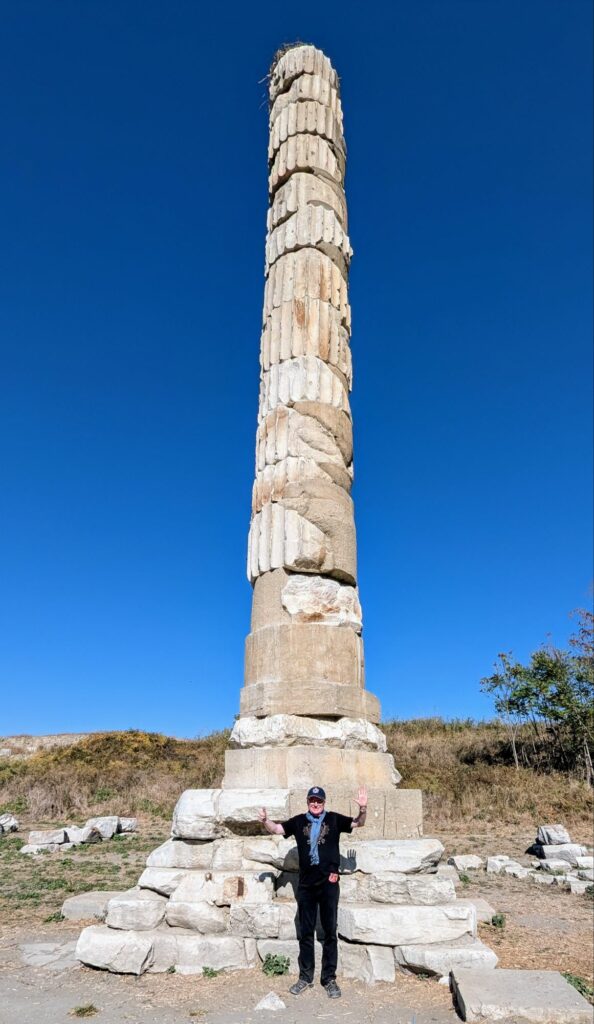
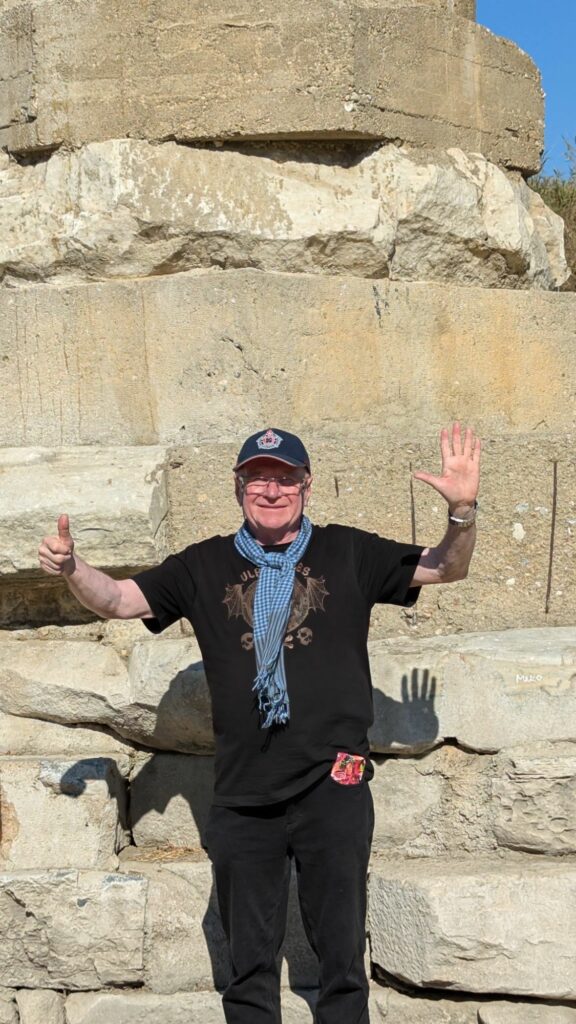
Ephesus came under control of the Roman Republic in 129 BC and most of what is on display here dates from Roman times. Ultimately the city was destroyed by the Goths in 263 AD. Subsequently the Catholic Church adopted this site holding its Third Ecumenical Council in 431 and building basilicas to both Mary and over the tomb of St John the Baptist.
